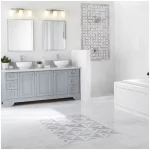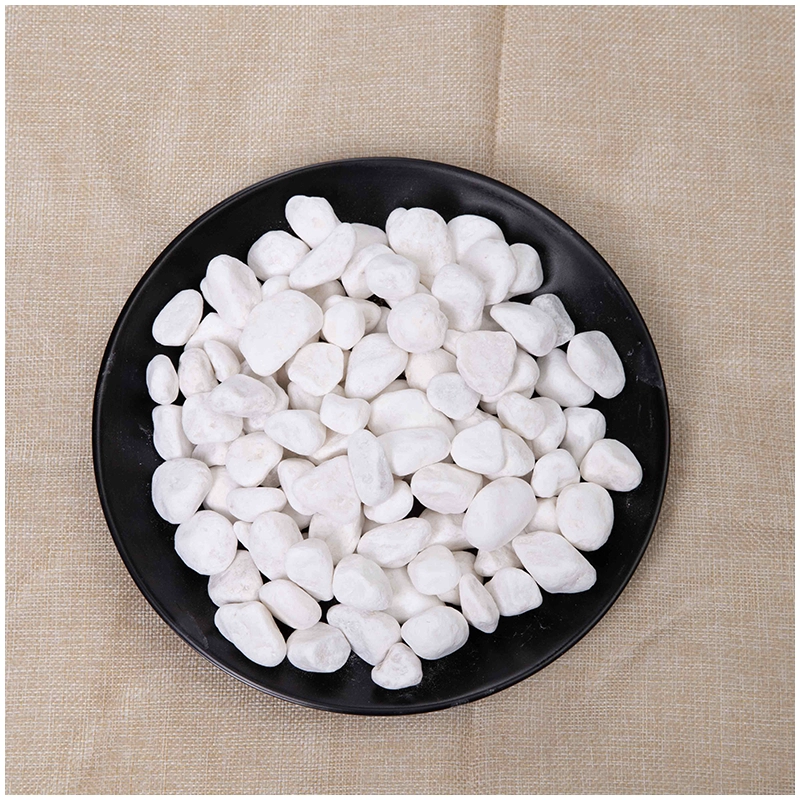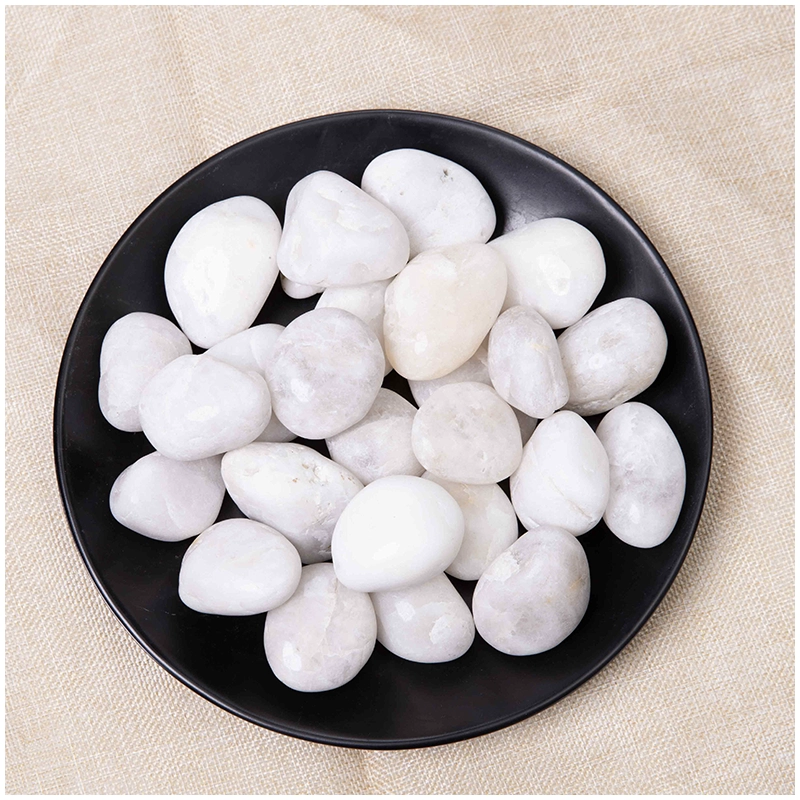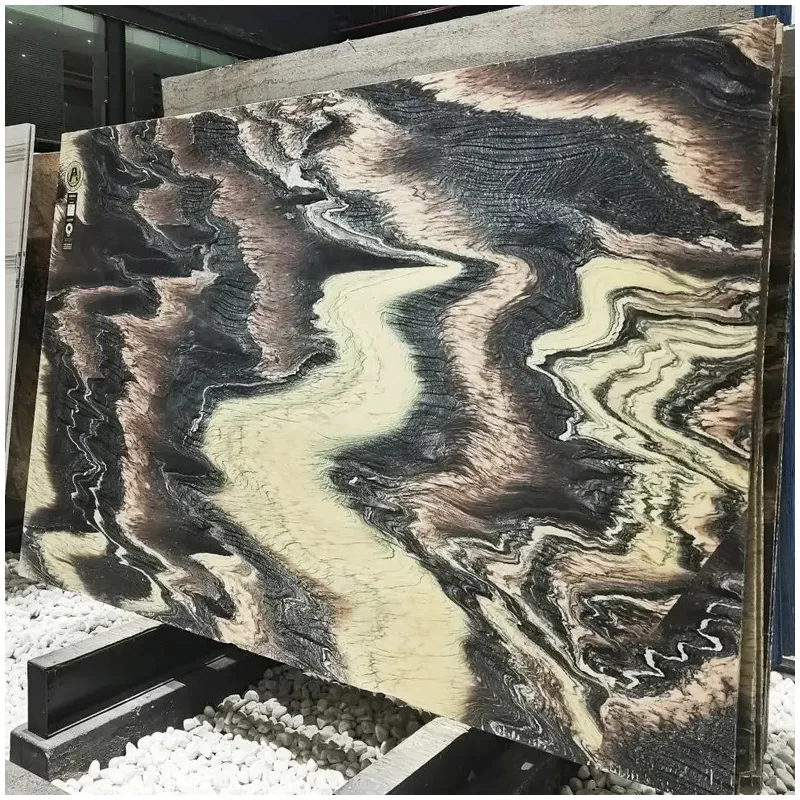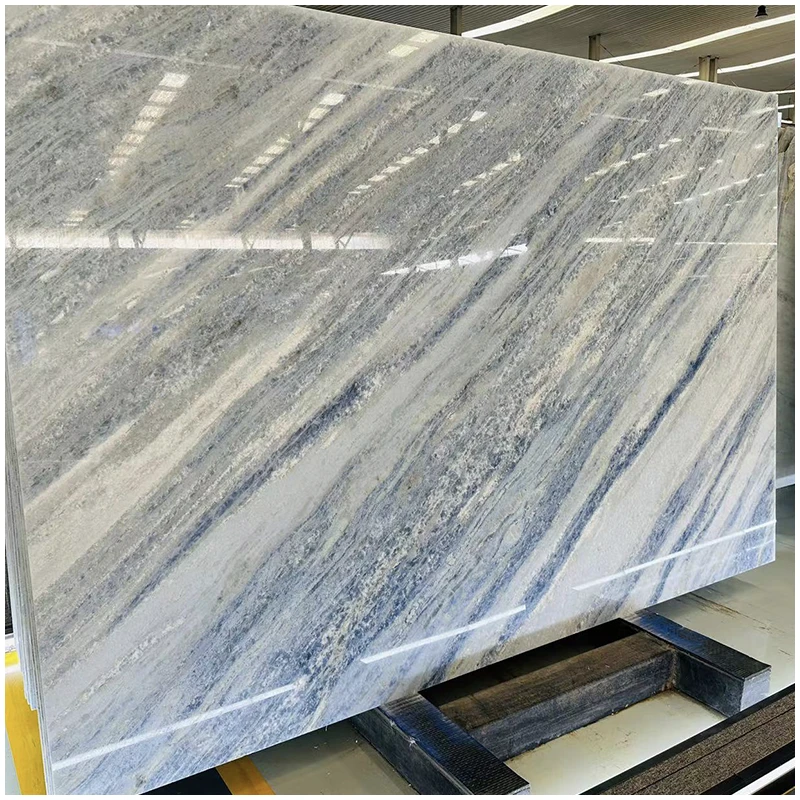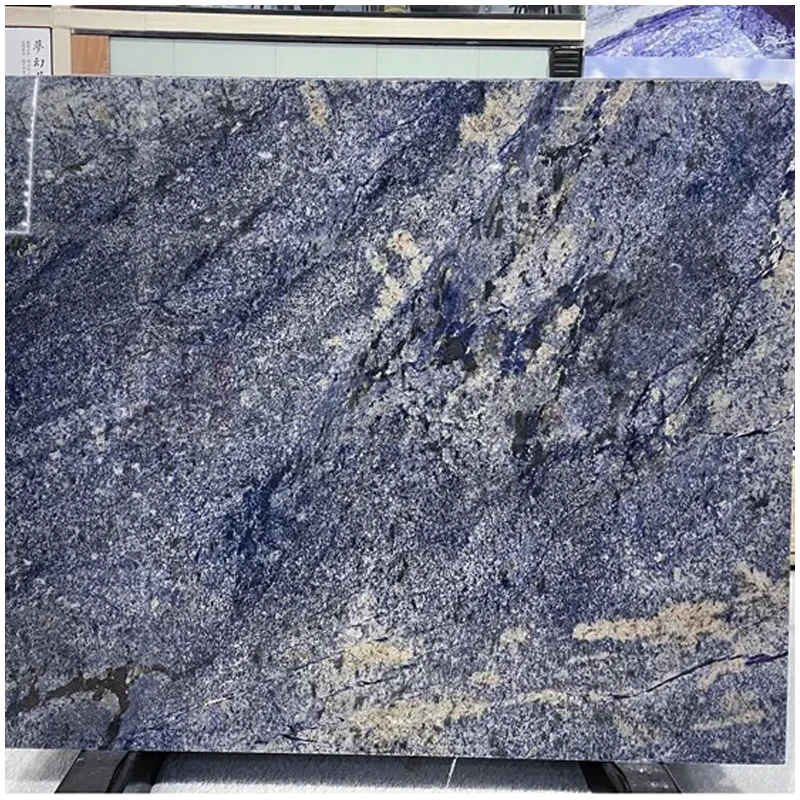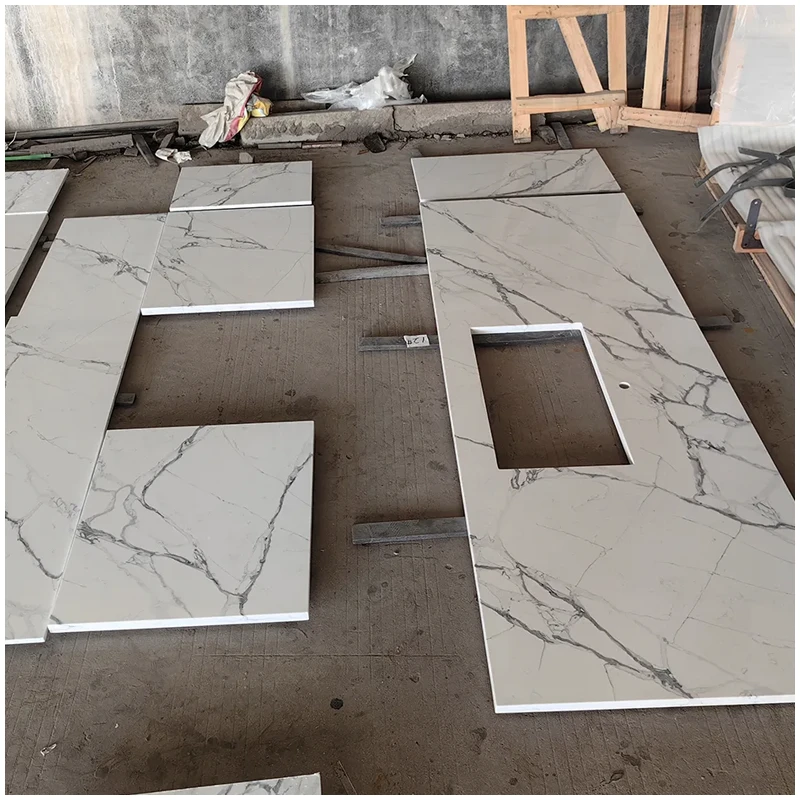Volakas Valkoinen marmori lattialaatat
Volakas White Marble Tile Collection Bring natural color, beauty, and warm tones into your home with the Volakas marble series. This authentic Greek marble was used for thousands of years in statues and is guaranteed to bring distinctive style to any space.
Volakas marble’s best-kept secret is an unusual beauty that never fails to dazzle the observer. Original from Greece, this white natural stonework is appreciated both for its uniformity as well as its grey tone veins rushing across a white backdrop to create a unique, timeless kind of marble.
| Good Quality Volakas White Marble Slab | ||
|
Materiaali |
Ajax Volakas White Marble | |
| Pinnan viimeistely | Kiillotettu, hiottu jne. | |
| Laatat |
Koko |
1800(ylös)x600(ylös)mm
1800(ylös)x700(ylös)mm
2400(up)x1200(up)mm
2800(ylös)x1500(ylös)mm
… |
| Thk | 18mm, 20mm jne. | |
| Laatat | Koko |
300x300mm
600x300mm
600x600mm
… |
| Thk | 18mm, 20mm jne. | |
| Työtasot |
Koko |
Räätälöinti piirustusten/vaatimusten perusteella |
| Thk | 18mm, 20mm jne. | |
| Vanity Topit | Koko | Räätälöinti piirustusten/vaatimusten perusteella |
| Thk | 18mm, 20mm jne. | |





What is the difference between polished marble and honed marble?
Polished marble is has a shiny, high-gloss look. It’s very smooth and its coating acts as a protectant. Honed marble is a flatter finish, it’s less reflective. People often choose honed marble because it is less likely to scratch or etch. A scratch on a matte surface will usually be less noticeable than on a shiny finish. However, honed marble will be more susceptible to stains because the pores of the stone are closer to the surface. Both options are suitable for most applications, including use in kitchens and bathrooms.
Why does marble turn yellow?
White marble can turn yellow or brown when the stone is directly it is exposed to water for long periods of time, or if the stone is penetrated by harsh chemicals, including bleach and acids found in some foods and household cleaners. The yellowing usually happens because the iron in the stone oxidizes. If the seal on the marble has weakened or worn, water and other chemicals can reach the surface of the stone and absorb into the pores, which causes discoloration.
Yellowing and discoloration can also be caused if the marble is not cleaned properly. Some cleaners, polishes, and waxes that are not designed for marble can leave a build-up that will cause the stone to turn yellow.
In most cases, the stone can be repaired. It is suggested that you contact an expert for these repairs.




